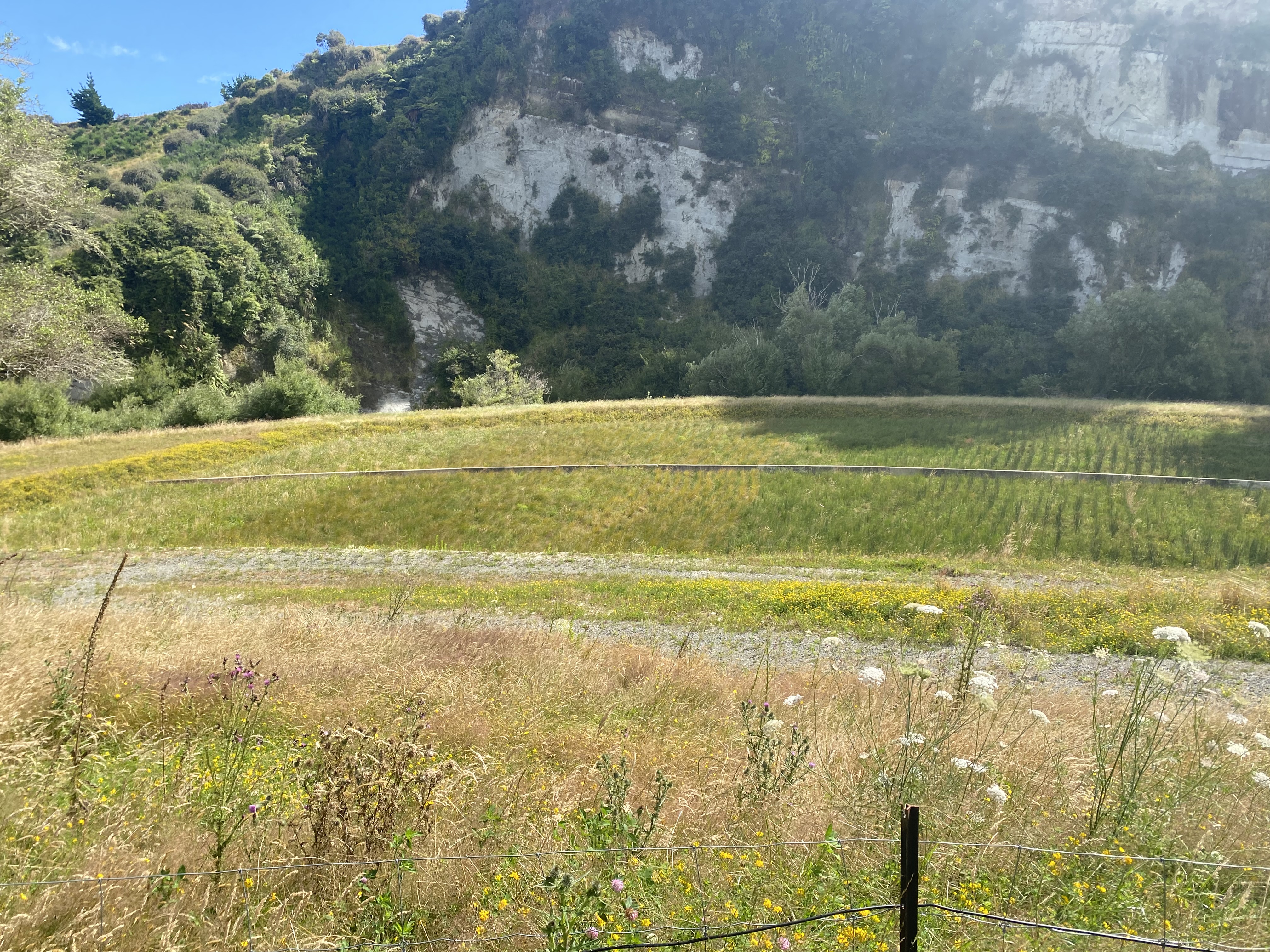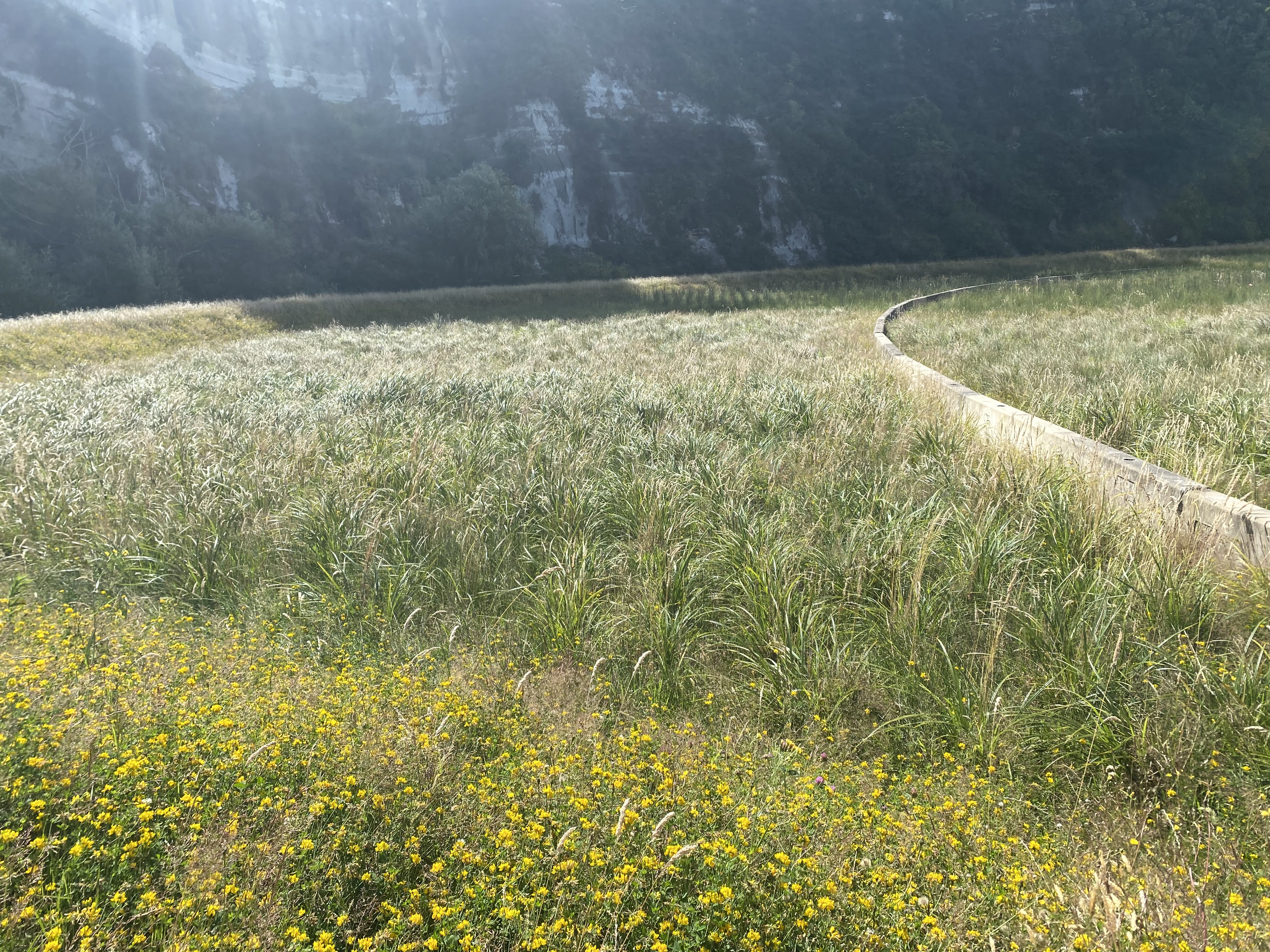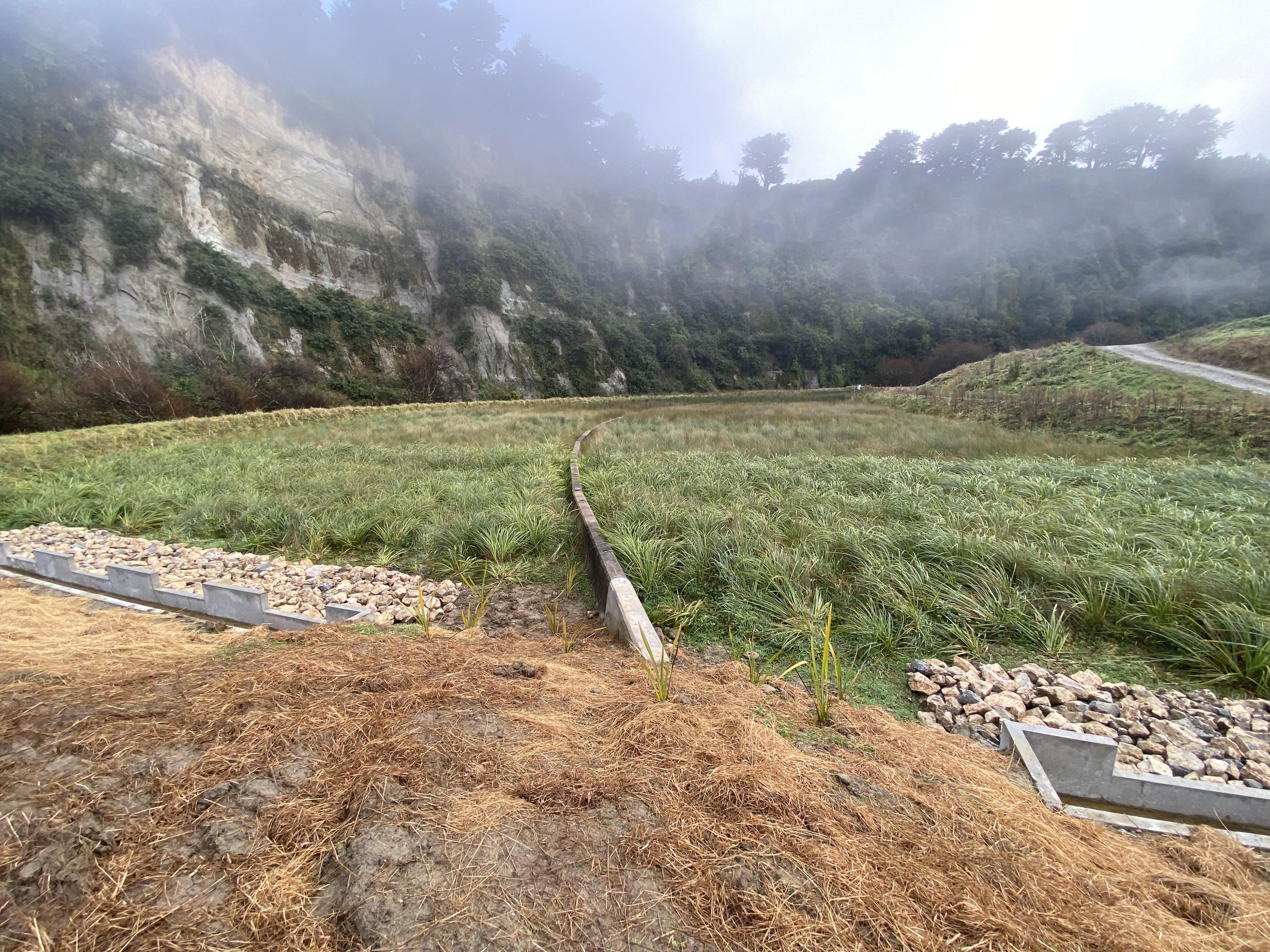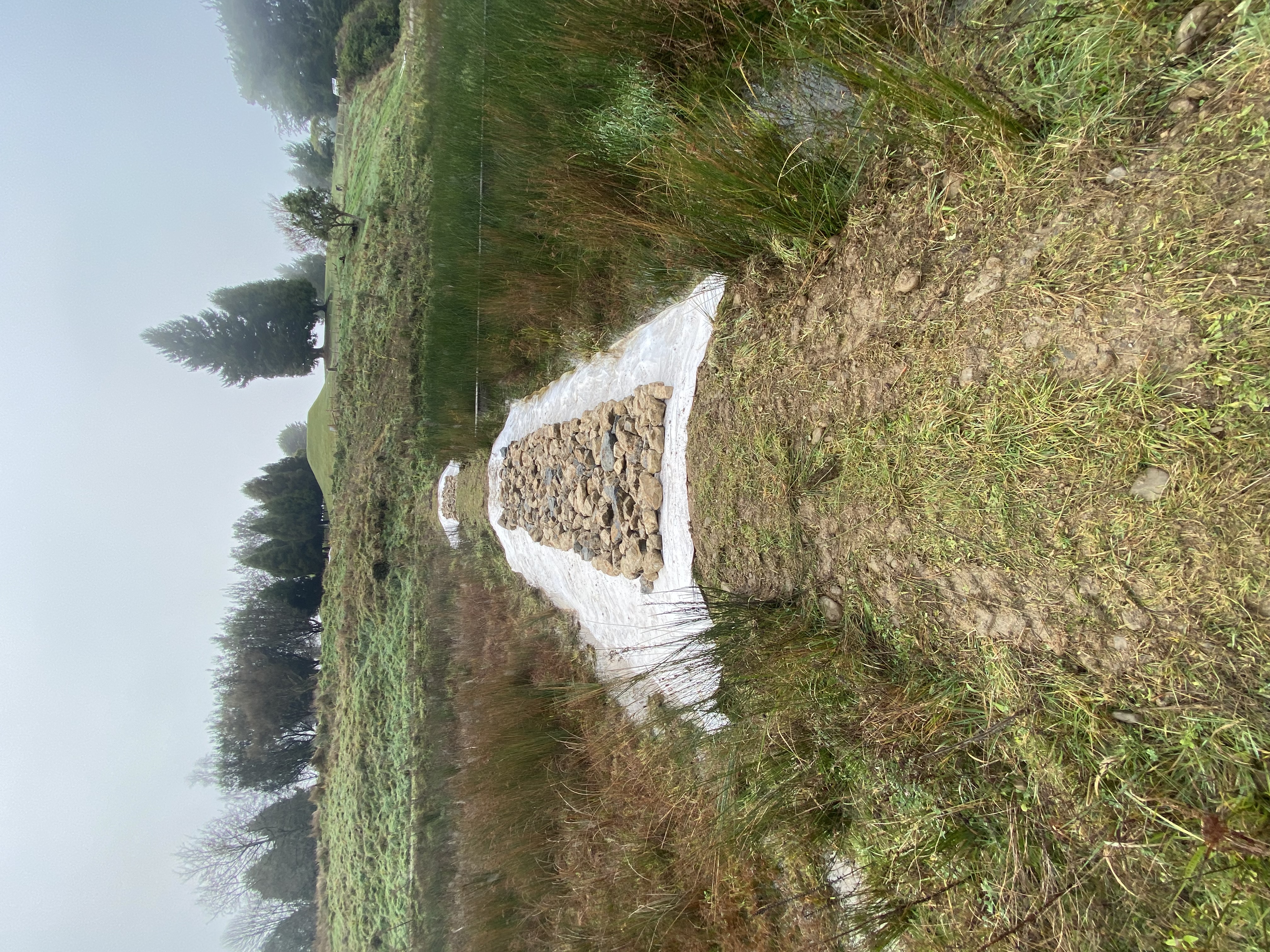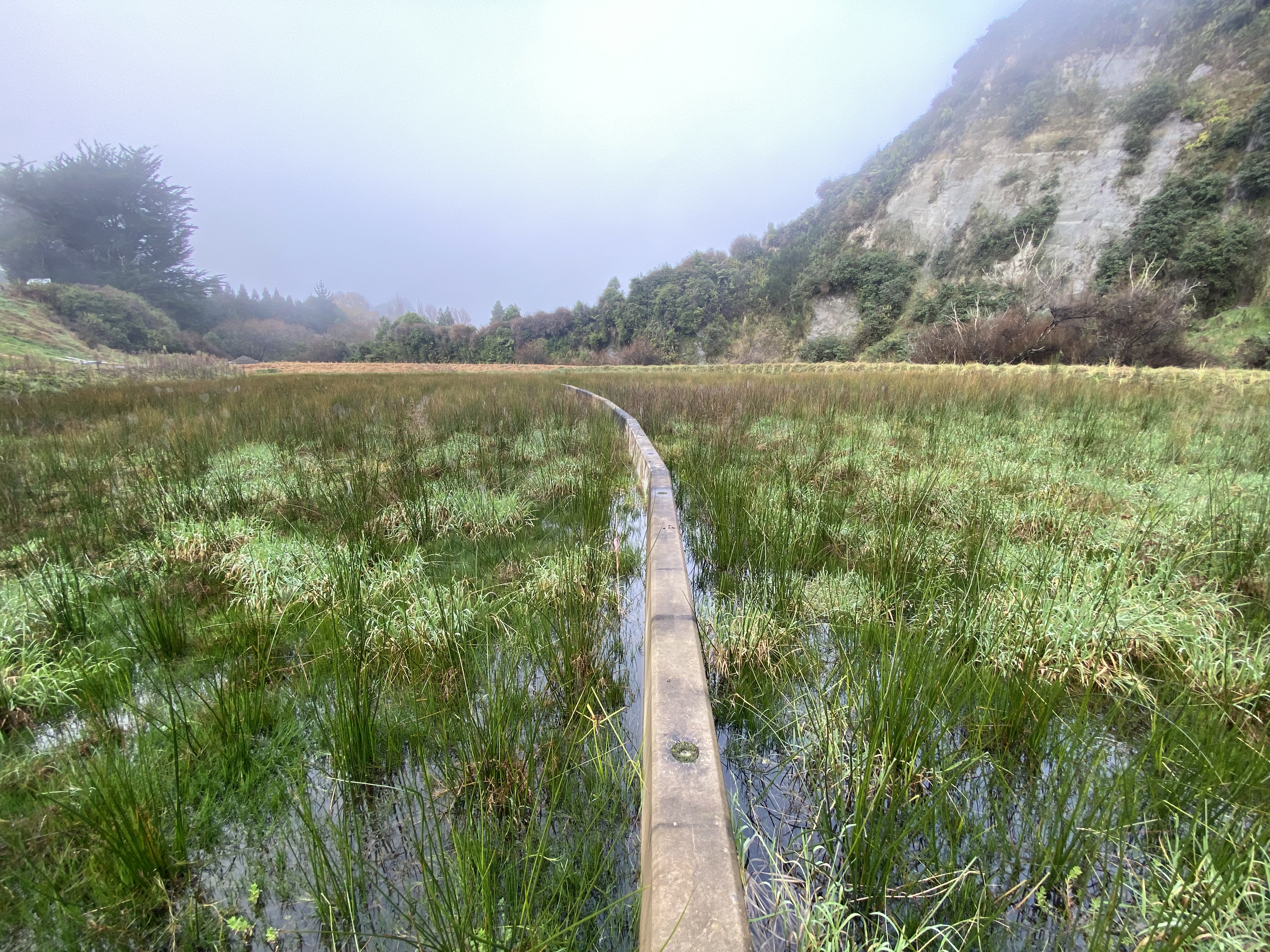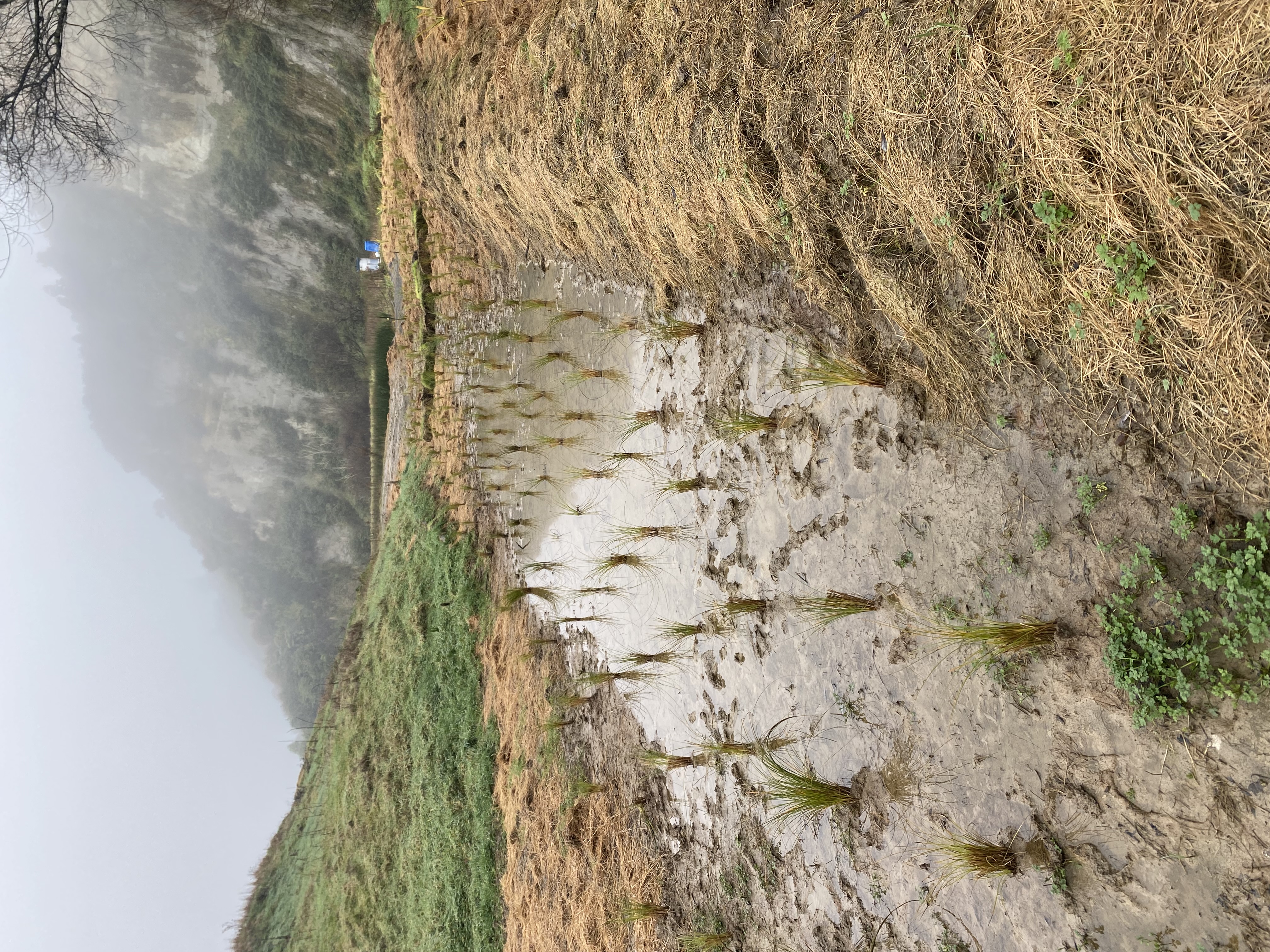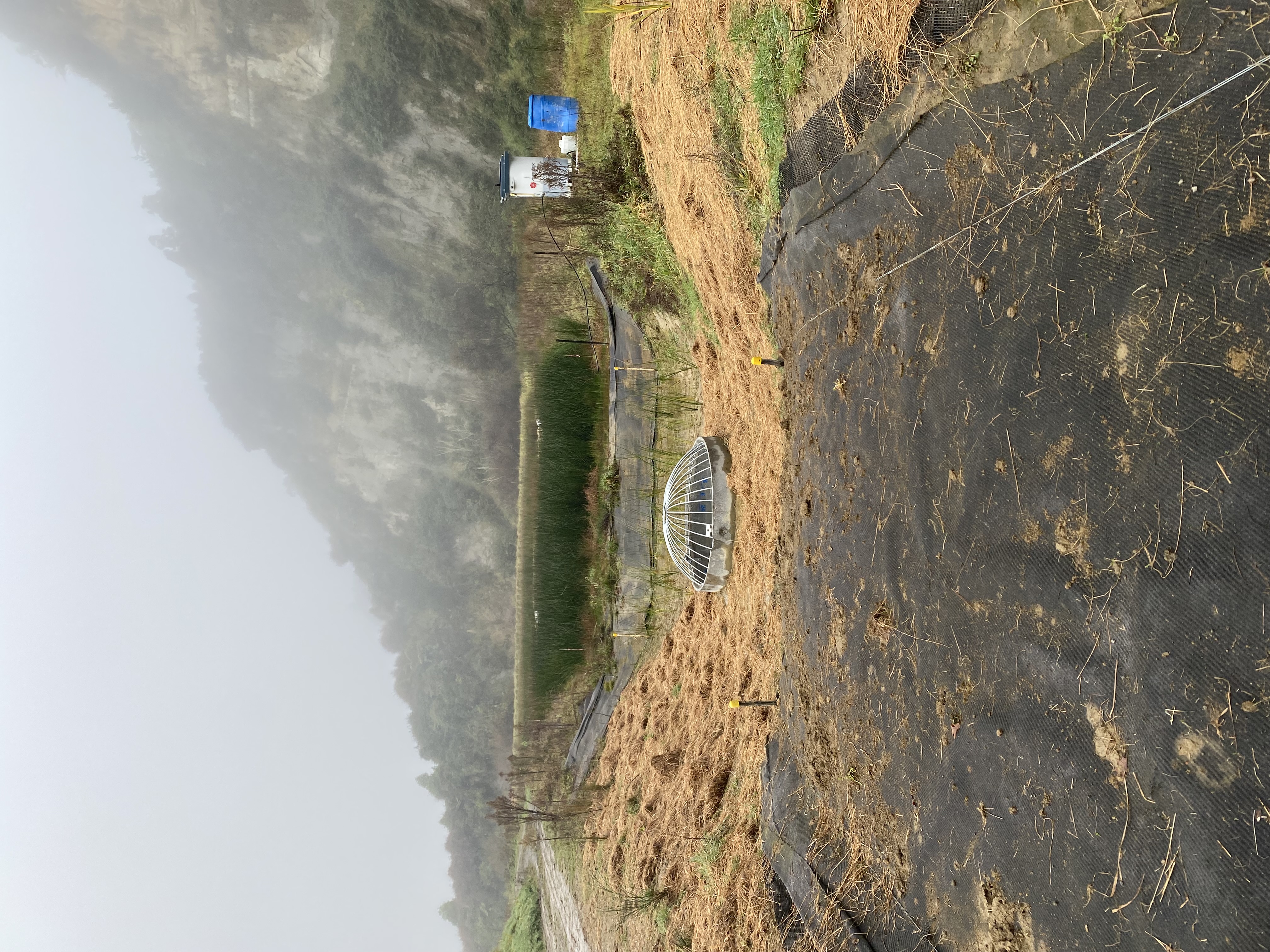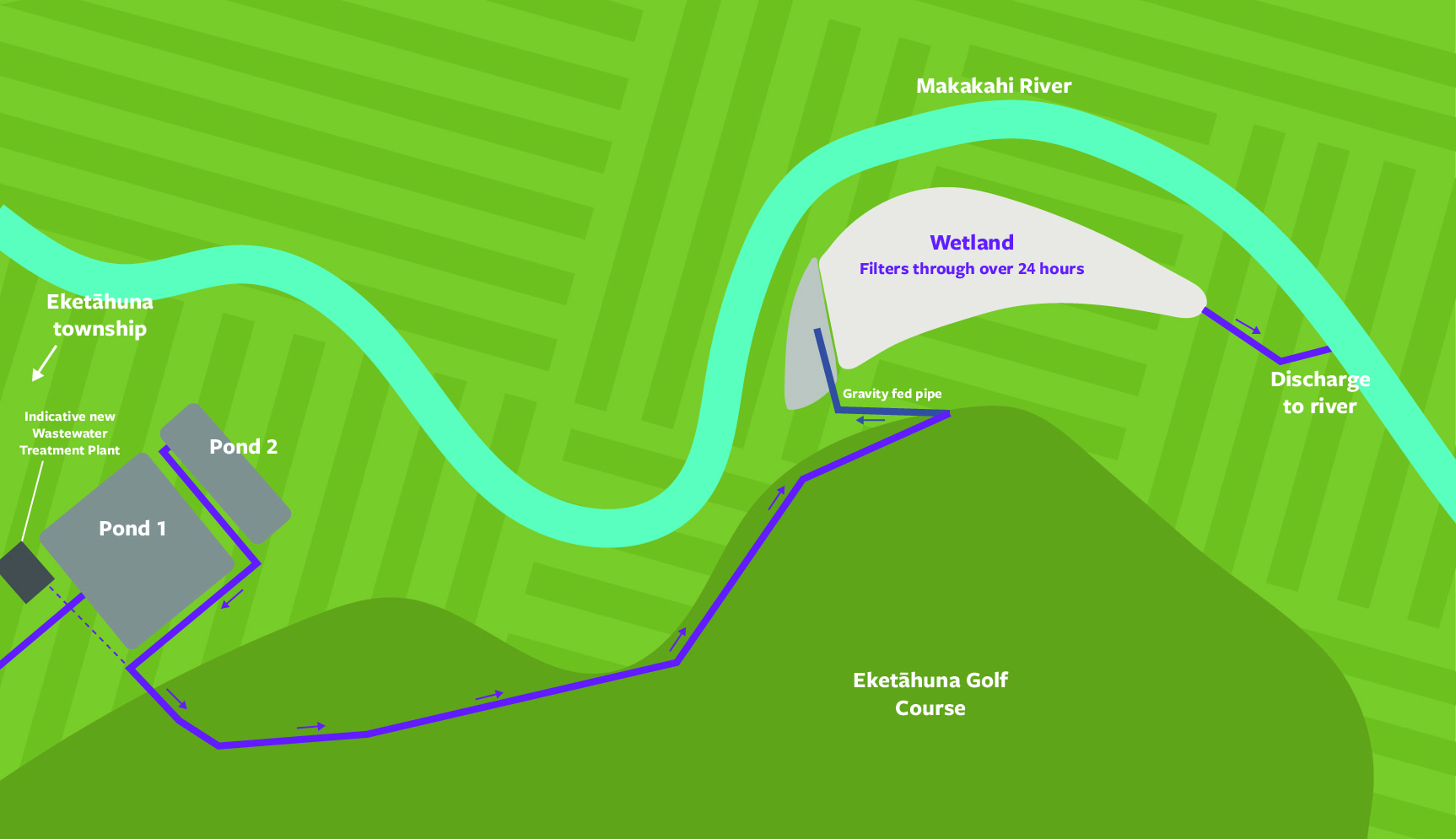Eketāhuna Wastewater Treatment Plant Upgrade
The Eketāhuna Wastewater Treatment Plant (WWTP) is undergoing significant improvements to improve the wastewater quality discharge to the Makakahi River. This project focuses on three phases:
- The establishment of wetlands, through which treated wastewater will be pumped as a final point of filtration before the water gets discharged into the Makakahi River.
- Addressing issues of excess stormwater and groundwater inflow, also known as Inflow and Infiltration (I&I), that places strain on the wastewater system, especially during winter & heavy rainfall.
- Upgrade the plant according to collected data from the wetland flow and the percentage of I&I reduction.
By completing this project, we aim to make Eketāhuna’s wastewater treatment a more cost effective, fit for purpose, efficient and environmentally friendly process.
Eketāhuna Wetlands
During the 2021/22 financial year, the resource consent for Eketāhuna’s wastewater discharge into the Makakahi River was renewed by the Environment Court. The new consent has a seven-year term and a range of increased requirements, which included installing wetlands.
What do wetlands do?
Wastewater wetlands are a specially designed natural system that help clean treated wastewater before it returns into the environment (into the Makakahi River). This system uses plants, soil, and microbes to remove nutrients, bacteria, and other pollutants. The wetlands act as a final filtration step, improving water quality and supporting biodiversity.
Treated wastewater will be pumped from Pond 1 to Pond 2 at our wastewater treatment plant, which will then be pumped through to the wetlands, and then discharged into the Makakahi River.
What have we done?
We purchased land off the Eketāhuna Golf Club to create these wetlands. Native plants were planted by Ngāti Kahungunu ki Tāmaki nui-a-Rua. A pump was installed on Pond 2, with pipework running underground to the wetlands. This pumped and gravity fed pipe system feeds the water from Pond 2 into the wetlands.
The wetlands were commissioned in July 2025. To commission the wetlands, several steps were taken:
- Replaced any dead plants
- Planted external bund (raised barrier made of soil) of wetland (a further 1000 Flax & Toetoe)
- Installed geofabric and rocks on the internal walls of the wetland
Inflow and Infiltration (I&I)
Basically, I&I are ways that extra water gets into our wastewater system when it shouldn’t.
Inflow is water that gets in quickly, like rainwater going down stormwater drains, roof gutters, or sump pumps that are wrongly connected to the sewer.
Infiltration is water that slowly leaks in through cracks in old or damaged pipes underground – usually groundwater.
This extra water can overload the wastewater system, making it harder (and more expensive) to treat the water and can cause overflows into the environment. This places unnecessary pressure on our treatment plants.
What are we doing about it?
We are undertaking a multi-step approach to manage this issue.
- Network inspections – using advanced tools like cameras and smoke testing to identify weak spots in the system.
- Focused remediation.Based on the results from step 1, TDC will carry out targeted repairs on the public network, and consult the community on recommended fixes required for the private network, to fix damaged pipes, manholes, and other inflow sources.
- Collaborative efforts: We will work closely with residents to address private stormwater connections that contribute to I&I.
What have we done?
Investigations in Eketāhuna are approximately 75% complete. This includes manhole chamber investigations, four flow monitors being installed to collect data, and smoke testing being undertaken.
What are the next steps?
More focused investigations will take place on high priority catchment areas. A network remediation report from the vendor who has undertaken the investigations with suggestions on corrective actions to reduce I&I will be received.
Wastewater Treatment Plant Upgrade
Before a decision can be made on what upgrades need to be done to the actual treatment plant, I&I in the network needs to be reduced. Data will also be collected from the wetlands to establish how well it is working (amount of nutrients and other pollutants are removed). This, along with new Wastewater Standards coming out this year, will impact the decision on what upgrades need to be done.
